Despite some things getting better with age, we’ve all found at some point in our lives that nothing lasts forever. This is an intrinsic fact to organic food and materials. Wine is no different, wine is alive, and as a result, it has a life cycle.
If you are one of those who like wine, you will probably have ever wondered: what shelf life does my favorite wine have?
The answer to this question depends on two factors:
- The type of wine: white, rosé, red..
- The conditions under which we keep the wine.
Without going into depth, since it is a complex theme, we can say that a young white or rosé wine, a young or harvested red wine are preserved in good condition between 1 and 3 years after its harvested as reflected on the label of the bottle. On the other hand, when white or red wine has been aged in wooden barrels it can last up to 10 years or even longer; in this category we find our Electio, white wine, and Hisenda Miret, in red wine.
In fact, one of the highlights is that the longer the wine has been in barrels, the longer its bottle life. This is because the composition has more structure and is more complex.
Long aged cavas or Gran Reserva, like our Microcuvées, are made with the clear intention of prolonging bottle life. The selection of the best grapes from our best fields, and meticulous work in the winery, ensure these cavas have a very long life. Thus, and together with the rest of the cava range, it is possible to fine-tune its aromas and create a surprising velvety thanks to the contact with its lees.
These cavas, aged more than 30 months, can be stored for 2 or 3 years, after their date of disgorgement.
Regarding young cavas, with a minimum of 9 months of ageing in the bottle, they should be consumed a year or a year and a half after their date of disgorgement. And the Reserves (from 15 months to 30 months of ageing) can be stored up to 2 years after their date of disgorgement.
It is important, when buying a bottle of cava, to look at the date of disgorgement, which is the one that indicates when the winemaker considers the ageing finished and can be consumed at its optimum point.
As we mentioned in the beginning, the second point to take into account are the conditions under which we store the wine:
Once you have the wine at home, you should make sure it is in a dark, cool and dry place. The position of the bottles will also depend on how long you want to store the wine; if it is to consume immediately, you can save it vertically. If the idea is to reserve it for a special occasion, keep them horizontally, since the cork stopper should be continuously in contact with the wine so that it does not dry out and does not cause defects in the wine by letting air into the bottle.
However, wine conservation is not an exact science and the only way to know if a wine has reached its optimal point of consumption is to open it, try it and enjoy it.



